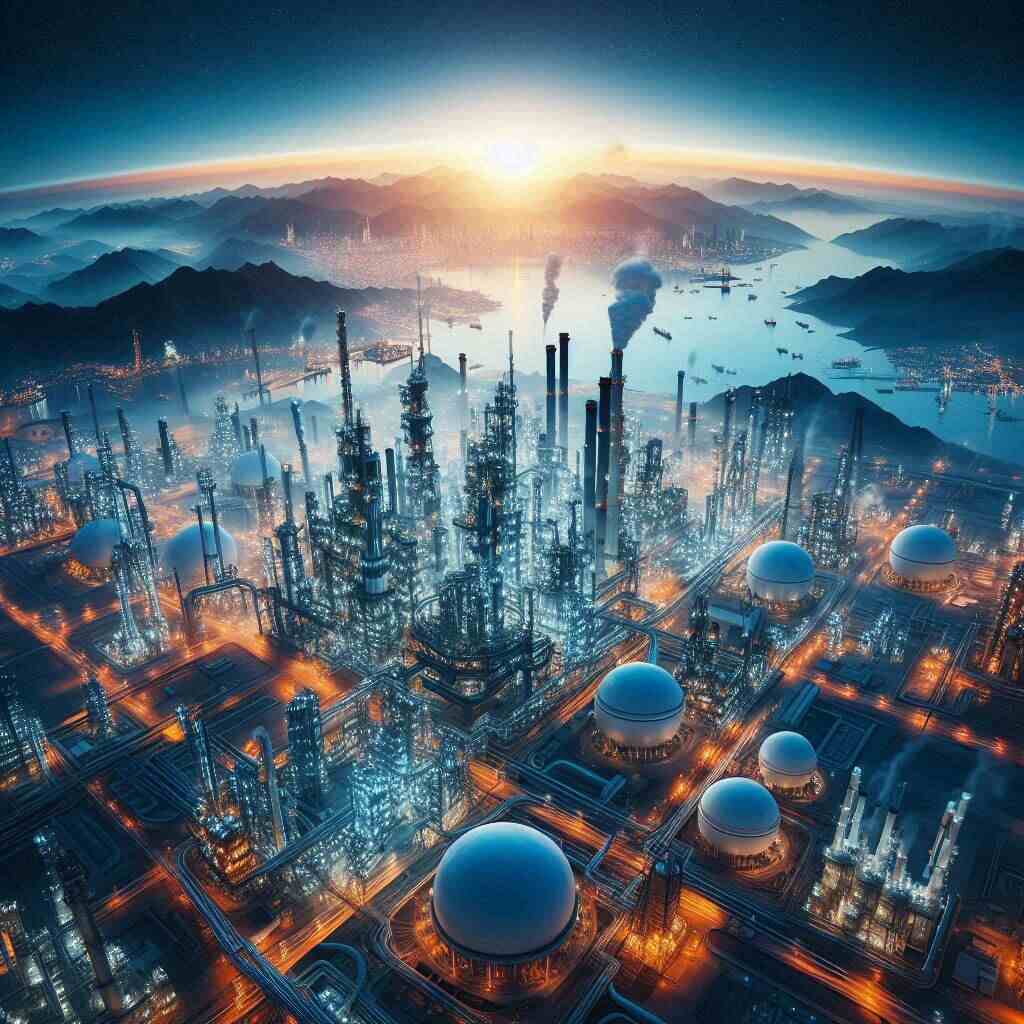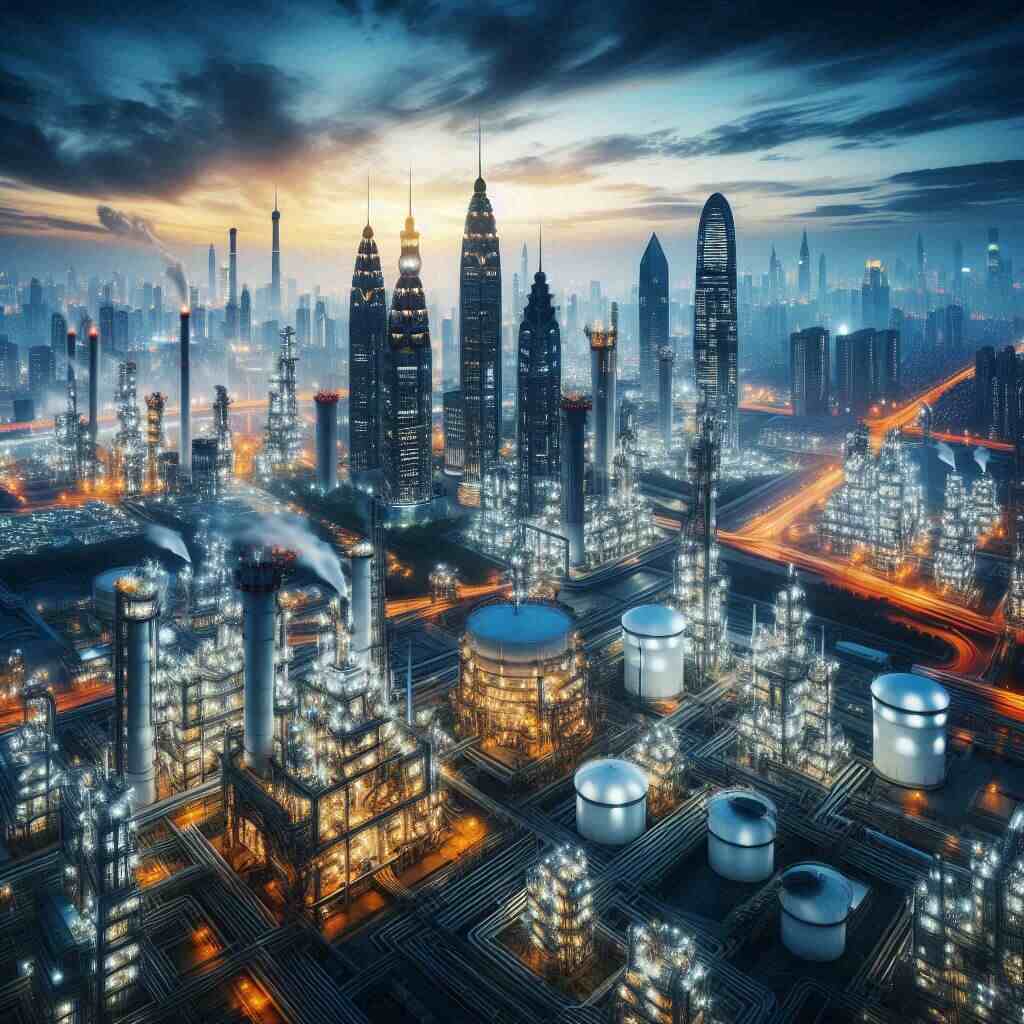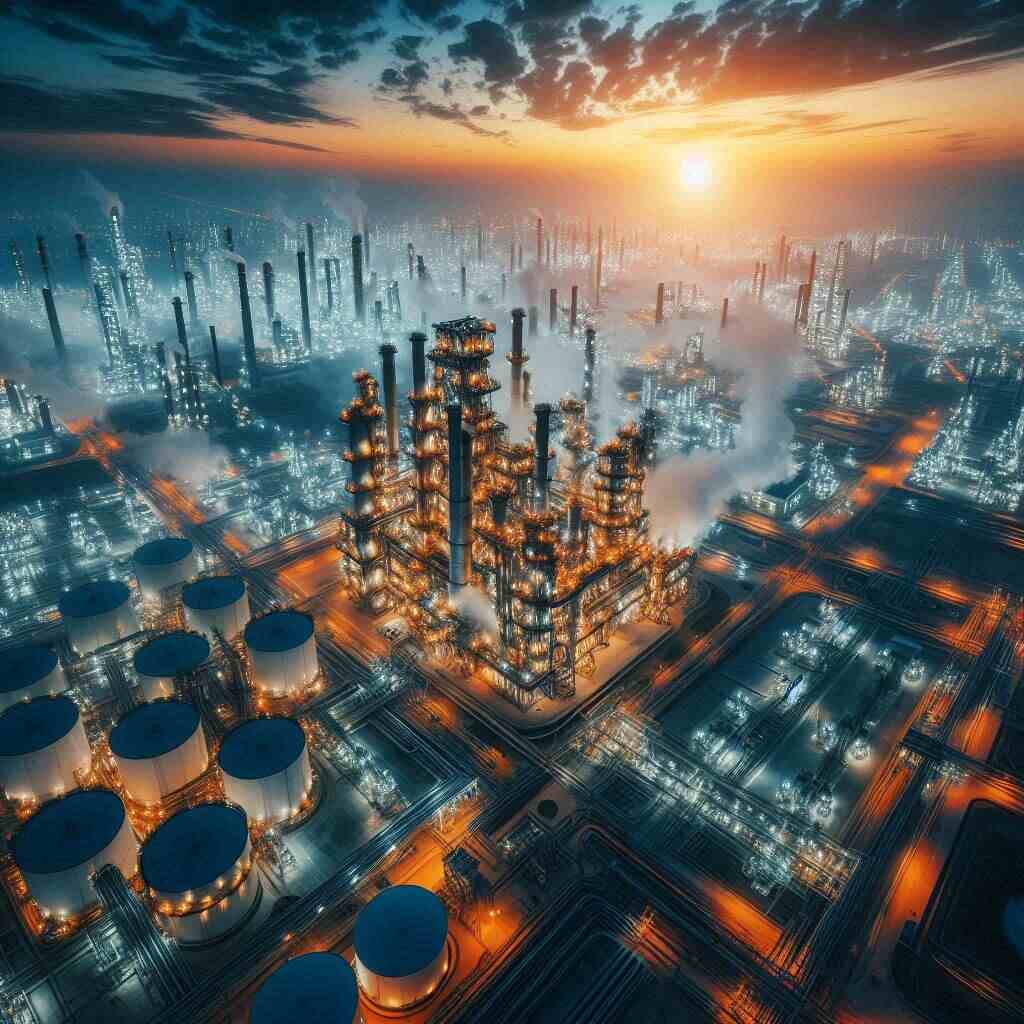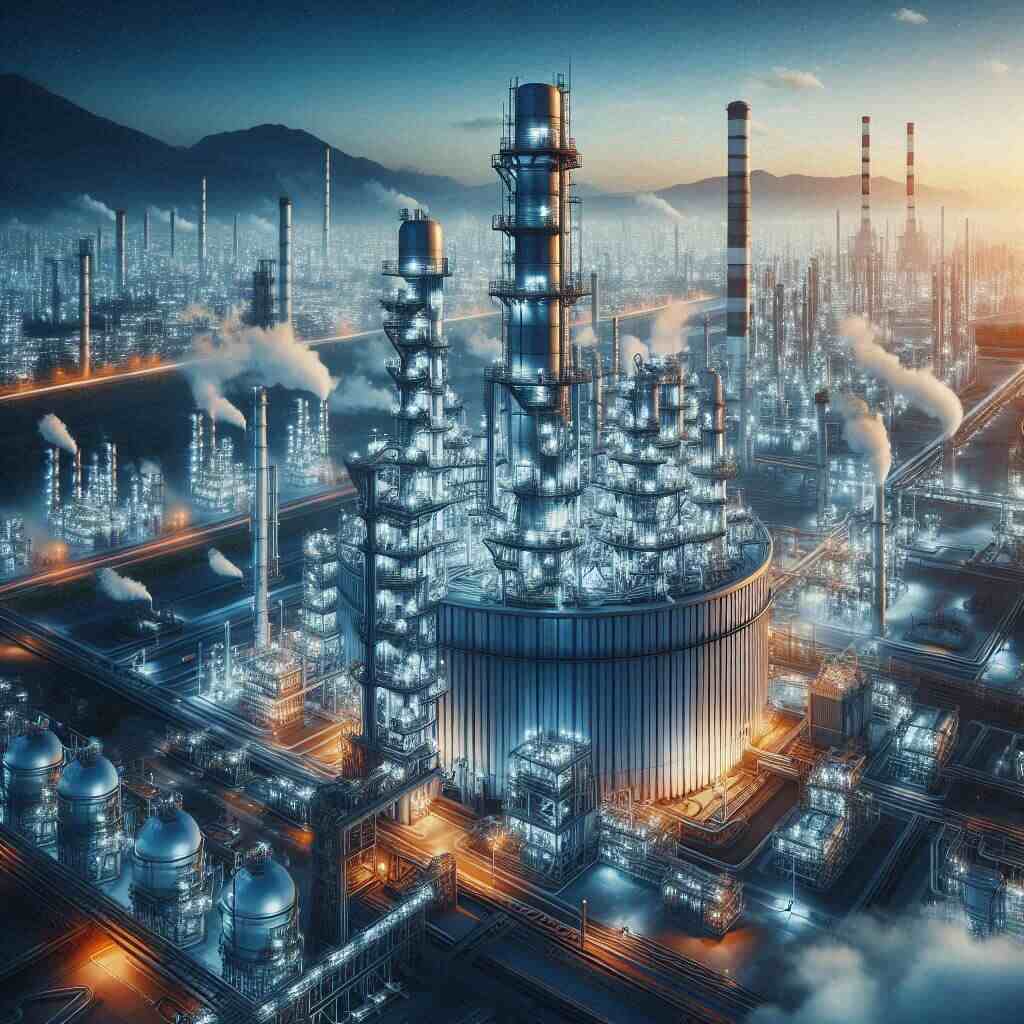AER Petrochemicals Crude Oil Production
Crude oil might seem like just another commodity, but companies like AER Petrochemicals make it the lifeblood of modern economies. If you’ve never heard of AER before, you’re not alone—but don’t worry, by the end of this article, you’ll understand exactly how this powerful player is changing the game in oil production.
Who Is AER Petrochemicals?

AER Petrochemicals is an emerging yet influential company in the oil and petrochemical sector. While not as widely recognized as some of the oil giants, AER has quietly and steadily built a strong reputation for efficiency, innovation, and responsible production. Think of them as the underdog with a punch.
The Company’s Vision and Mission
Their mission? Simple—fuel the world while protecting it. AER is committed to producing high-quality crude oil while investing in eco-conscious technologies and strategies that support a more sustainable future. That might sound like a tough balance to strike, but they’re doing their best to walk that tightrope.
Overview of Their Global Presence
Although headquartered in the Middle East (a region rich in oil reserves), AER’s influence extends globally. They operate in strategic markets across Asia, Africa, and even parts of Europe. Their growth strategy is all about picking the right places—not just digging wherever they can.
The Basics of Crude Oil Production

Let’s rewind a bit. Before diving deeper into AER’s operations, it helps to understand what crude oil production actually involves.
What Is Crude Oil?
Crude oil is that thick, black liquid buried deep beneath the Earth’s surface. It’s unrefined and full of natural hydrocarbons that can be transformed into fuels like gasoline, diesel, and jet fuel—or turned into products like plastics and chemicals. Basically, it’s what keeps our world running.
How Crude Oil Is Extracted
So, how do companies like AER get this stuff out of the ground?
It starts with exploration—using geological surveys and satellite imaging to locate oil reserves. Once they strike oil, they drill into the ground and pump it out. Easy in theory, but in practice? Not so much. The whole process involves high-risk investment, advanced machinery, and a bit of luck.
The Journey from Extraction to Refinement
Once extracted, crude oil doesn’t go straight into your car or airplane. It must first go through refining—a complex process where the oil is heated, separated, and purified into different usable products.
AER partners with several refineries globally and sometimes handles the refining process in-house depending on the region.
AER’s Role in Crude Oil Production

Let’s talk specifically about what AER is doing in this space.
Exploration and Drilling Techniques Used
AER uses a mix of seismic imaging, offshore rigs, and horizontal drilling to maximize yield. Their tech stack isn’t just flashy—it’s smart. Their geologists and engineers work closely to ensure minimal environmental disruption while maximizing output.
Technologies Leveraged by AER
Technology is a huge differentiator. AER uses AI and machine learning for predictive maintenance and real-time monitoring. This helps reduce equipment failure, cut costs, and—most importantly—avoid environmental disasters.
Strategic Locations for Production
Most of AER’s oil fields are located in resource-rich zones in the Middle East and North Africa. These areas provide access to large underground reserves and are also logistically favorable for global shipping and trade routes.
Environmental and Safety Standards
Let’s be real: oil production doesn’t have the cleanest track record. But AER is working to change that narrative.
AER’s Commitment to Sustainability
Unlike some of the old-school players, AER is investing in carbon capture technologies and green energy alternatives. They’re even experimenting with solar-powered rigs in some of their desert operations. It’s not perfect, but it’s a step in the right direction.
Safety Protocols in Extraction and Refining
Safety isn’t optional—it’s everything. AER employs real-time safety monitoring, employee training programs, and emergency response systems. They also have routine environmental audits to ensure compliance with global standards.
Emission Reduction and Carbon Footprint Management
AER is actively trying to reduce its carbon footprint by:
- Using cleaner fuels in transport
- Recycling wastewater during drilling
- Investing in reforestation projects
They aim to reach net-zero emissions by 2050. Ambitious? Absolutely. But necessary.
Economic Impact of AER’s Crude Oil Production
It’s not just about oil—it’s about people and economies.
Contribution to Local and Global Economies
Through taxes, exports, and partnerships, AER contributes billions to local economies annually. That money funds roads, schools, and even healthcare in some regions. They also play a big role in stabilizing oil prices globally by adjusting supply in key markets.
Job Creation and Workforce Development
From engineers to drill operators, AER provides thousands of jobs worldwide. But they don’t stop there—they offer training programs and scholarships for students entering the energy sector.
Supply Chain and Partner Networks
AER doesn’t do it all alone. They have a tight-knit network of partners, from equipment suppliers to logistics firms, making it all work seamlessly. Their streamlined supply chain is a big part of their success.
Challenges in Crude Oil Production
It’s not all sunshine and diesel. AER faces its fair share of challenges.
Dealing with Market Volatility
Oil prices are notoriously unstable. Geopolitical events, wars, and even natural disasters can make prices swing wildly. AER uses hedging strategies and maintains emergency reserves to stay balanced during uncertain times.
Navigating Political and Regulatory Hurdles
Operating in multiple countries means dealing with different laws, regulations, and sometimes even corruption. AER employs local legal teams and lobbyists to keep their operations running smoothly.
Environmental Activism and Public Perception
As climate awareness grows, oil companies are under the microscope. AER has stepped up its public relations game, promoting transparency and sustainability in their operations. Still, it’s a tightrope walk.
The Future of AER’s Crude Oil Business
The energy world is shifting—and AER knows it.
Plans for Expansion
AER is eyeing new fields in Central Asia and South America. They’re also building more refining capacity to shorten the supply chain and improve profit margins.
Transition Toward Renewables?
Yes, AER is dabbling in renewable energy—particularly wind and solar. They’re not abandoning oil (yet), but they understand that energy diversification is the key to long-term survival.
Long-Term Vision in a Changing Energy Market
AER wants to be more than an oil company. Their vision? Become a leading global energy provider, not just in fossil fuels, but in all forms of energy.
How AER Stands Out in the Industry
So, what makes them different?
Innovation and R&D
AER pours money into research and development—more than most companies their size. They partner with universities and research labs to keep pushing boundaries.
Competitive Pricing Strategies
Thanks to efficient extraction and smart logistics, AER can offer more competitive prices than many traditional players, especially in developing markets.
Partnerships with Government and Private Sectors
AER collaborates closely with governments, often entering public-private partnerships that benefit both sides—development for governments, access for AER.
Conclusion
AER Petrochemicals may not be a household name (yet), but they’re making waves in the crude oil industry. With a commitment to innovation, sustainability, and global growth, they represent a new generation of energy companies. They’re not just drilling for oil—they’re drilling for a future that works for everyone.
Frequently Asked Questions (FAQs)
1. What does AER Petrochemicals specialize in?
AER focuses on crude oil production, exploration, and petrochemical refining.
2. Where are AER’s main operations based?
Primarily in the Middle East and North Africa, with growing presence in Asia and Europe.
3. Is AER involved in renewable energy?
Yes, they’re beginning to invest in solar and wind energy projects.
4. How does AER ensure environmental safety?
Through real-time monitoring, carbon capture, and eco-friendly drilling techniques.
5. What technology does AER use in oil production?
AI, machine learning, seismic imaging, and horizontal drilling technologies.
6. Does AER produce refined oil products?
Yes, either in-house or through partnerships with global refineries.
7. How many people does AER employ?
Thousands globally, with job training and education programs in place.
8. What is AER’s goal regarding emissions?
They aim to reach net-zero emissions by 2050.
9. How does AER handle oil price fluctuations?
Through market hedging and maintaining reserve inventory.
10. Why is AER considered innovative?
Due to their focus on R&D, tech integration, and sustainable practices.







